Indian Farmers Fertilizer Cooperative (IFFCO) is set to organize the ICA Global Cooperative Conference with support from India’s 18 International Cooperative Alliance (ICA) member organizations.
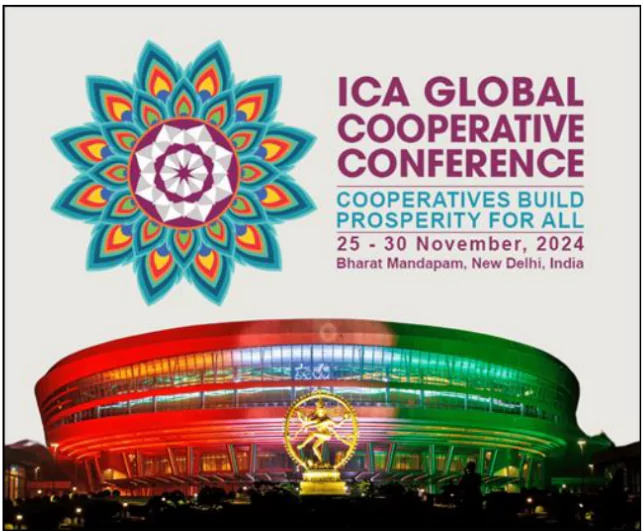
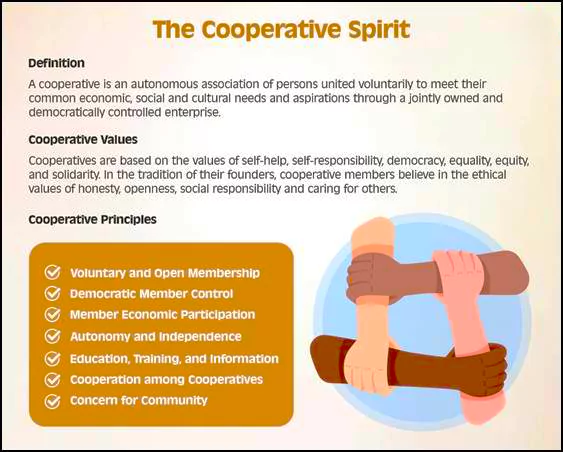 Some notable members of ICA are IFFCO (Indian Farmers Fertiliser Cooperative Limited), KRIBHCO (Krishak Bharati Cooperative Limited), Amul Dairy Cooperative, The Cooperative Group (UK), Groupe Crédit Mutuel (France), Coop Italia, WOCCU (World Council of Credit Unions), etc
Some notable members of ICA are IFFCO (Indian Farmers Fertiliser Cooperative Limited), KRIBHCO (Krishak Bharati Cooperative Limited), Amul Dairy Cooperative, The Cooperative Group (UK), Groupe Crédit Mutuel (France), Coop Italia, WOCCU (World Council of Credit Unions), etc
Constitutional Provisions for Cooperatives in India
|
|---|
The cooperative movement in India has evolved significantly over the years, influenced by various factors, including government policies, social reforms, and economic conditions.
Multi-State Vs Single-State Cooperative Societies in India |
||
| Feature | Multi-State Cooperative Society | Single-State Cooperative Society |
| Jurisdiction | Registered under the Multi-State Cooperative Societies Act, 2002 | Registered under the respective state cooperative societies act |
| Area of Operation | Can operate in multiple states | Operates within a single state |
| Regulatory Authority | Central Registrar of Cooperative Societies | State Registrar of Cooperative Societies |
| Ease of Formation | More complex due to central registration and compliance requirements | Relatively easier as it involves state-level registration |
| Governance | Governed by the Multi-State Cooperative Societies Act, 2002, and its rules | Governed by the respective state cooperative societies act and rules |
| Financial Regulations | Subject to central financial regulations and guidelines | Subject to state-level financial regulations and guidelines |
| Tax Implications | May have different tax implications across states | Tax implications are generally governed by the state’s tax laws |
| Member Base | Can have members from multiple states | Members are typically from a single state |
| Scale of Operations | They offer greater flexibility and potential for larger-scale operations, they also require more stringent compliance and regulatory oversight. | They have more localised focus and may be better suited for smaller-scale operations. |
| Examples | IFFCO, Amul, NCDFI | State-level cooperative banks, primary agricultural credit societies, housing societies |
Cooperatives have played a pivotal role in India’s socio-economic development, particularly in rural areas. They have empowered millions of people, improved livelihoods, and contributed to national growth. Here’s a detailed look at their key roles:
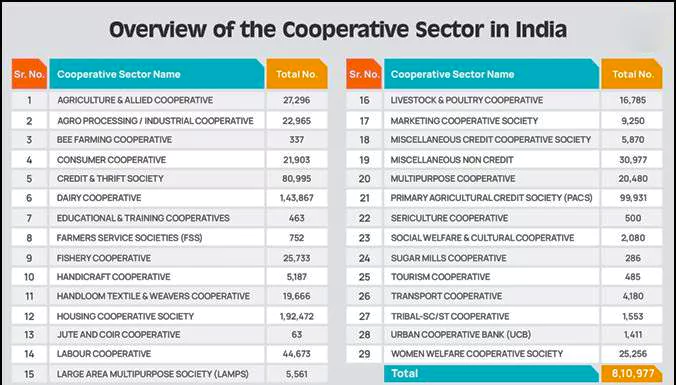
| Initiatives | Objective |
|---|---|
| Model Bye-Laws for PACS | Improve governance, transparency, and inclusivity in PACS |
| Computerization of PACS | Modernise PACS and improve their efficiency |
| New Multipurpose PACS/Dairy/Fishery Cooperatives | Expand the cooperative network to uncovered areas |
| Decentralised Grain Storage Plan | Reduce post-harvest losses and improve farmers’ income |
| PACS as Common Service Centers (CSCs) | Provide various e-services to rural citizens |
| Formation of Farmer Producer Organizations (FPOs) | Empower farmers and improve their market access |
| Retail Petrol/Diesel Outlets | Diversify PACS’ income sources |
| LPG Distributorship for PACS | Diversify PACS’ income sources |
| PM Bhartiya Jan Aushadhi Kendra | Improve access to affordable medicines in rural areas |
| Pradhan Mantri Kisan Samriddhi Kendras (PMKSK) | Provide easy access to fertilisers and related services to farmers |
| PM-KUSUM Convergence | Promote solar energy adoption among farmers |
| Operations & Maintenance of Rural Water Supply | Utilise PACS’ reach in rural areas |
| Micro-ATMs for Cooperative Societies | Provide doorstep financial services to rural citizens |
| RuPay Kisan Credit Cards for Dairy Cooperatives | Provide credit and other financial services to dairy farmers |
| Formation of Fish Farmer Producer Organizations (FFPOs) | Empower fish farmers and improve their market access |
Union Environment Ministry has exempted 39 categories of industries from the mandatory requirement of approaching State pollution control Boards for permission to run their industries.
What is dual eco clearance/approval?
|
|---|
The Intergovernmental Oceanographic Commission of the United Nations Educational, Scientific and Cultural Organisation (IOC-UNESCO) has recognised 24 coastal villages in Odisha as ‘Tsunami Ready’ during the 2nd Global Tsunami Symposium in Indonesia.
Background:
|
|---|
|
|---|
About IOC-UNESCO and Tsunami Ready Recognition Programme (TRRP)
|
|---|
In a remarkable first, the critically endangered Red Headed Vulture has been sighted in Kasaragod, Kerala marking a significant addition to the region’s avian biodiversity.
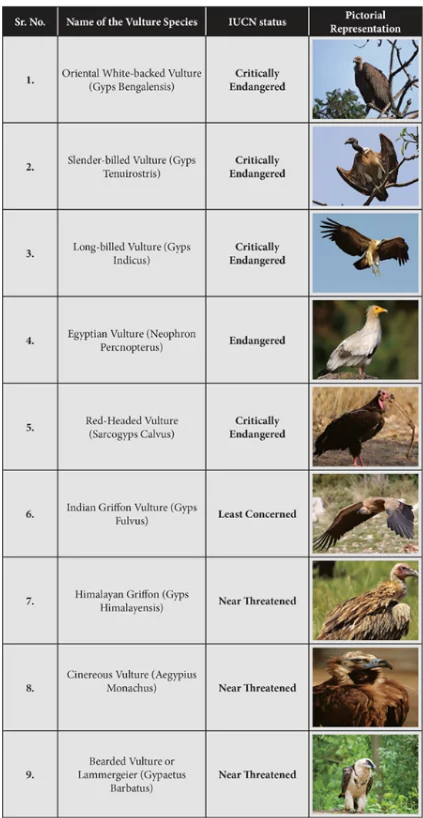
Effective conservation of vultures requires sustained efforts, collaboration, and strict regulation of harmful practices. India’s multifaceted initiatives offer a promising blueprint for reversing the decline and protecting these vital scavengers for ecological balance.
BSNL, the state-owned telecom provider, has introduced India’s first direct to device satellite internet service, aiming to provide broadband connectivity to remote areas.
India Mobile Congress (IMC) 2024
|
|---|
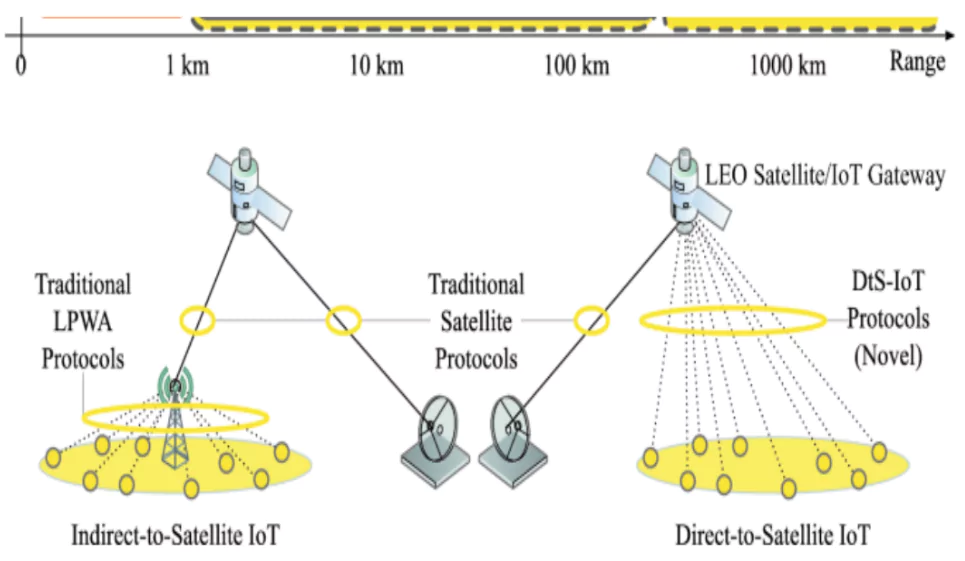
Global Examples of Direct-to-Device Satellite Technology
|
|---|
D2D satellite technology holds immense potential to revolutionise connectivity, especially in countries like India. It can bridge the digital divide, empower remote communities, and contribute to socio-economic development. However, addressing challenges related to cost, latency, and regulatory frameworks is crucial for its successful implementation.
India’s carbon dioxide (CO2) emissions from burning fossil fuels are expected to increase by 4.6% in 2024, the highest among major economies, according to a new report by Global Carbon Project.
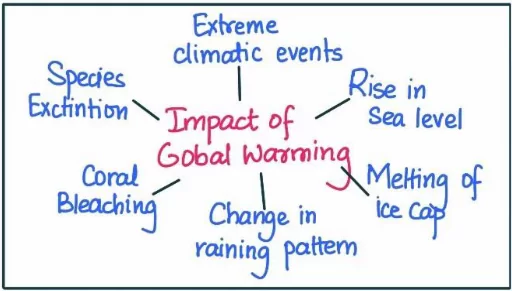
Global warming
|
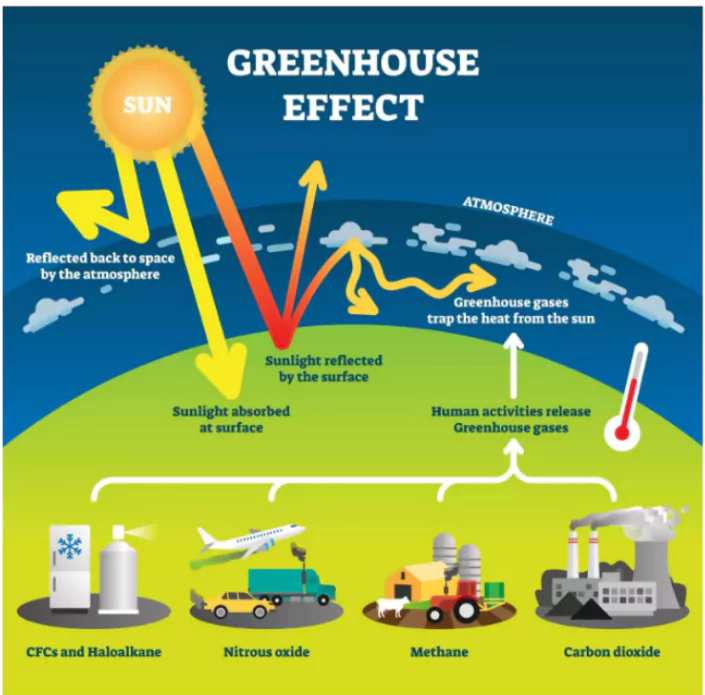

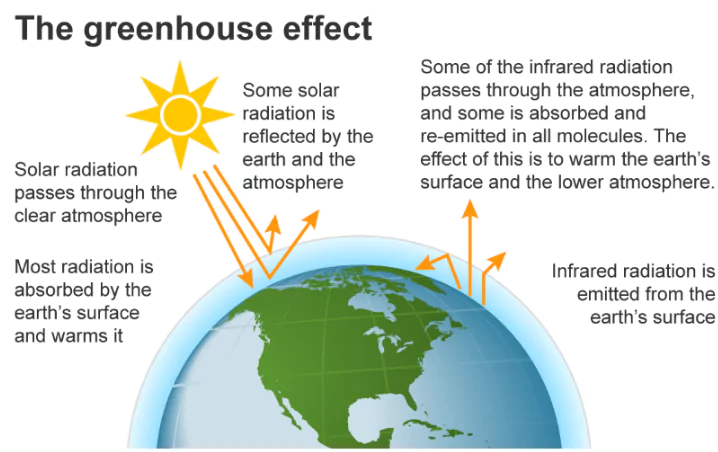
Commission for air quality management in NCR and adjoining areas ordered the imposition of the graded response action plan (GRAP) stage IV restrictions as the air quality index (AQI) in Delhi goes above 400.
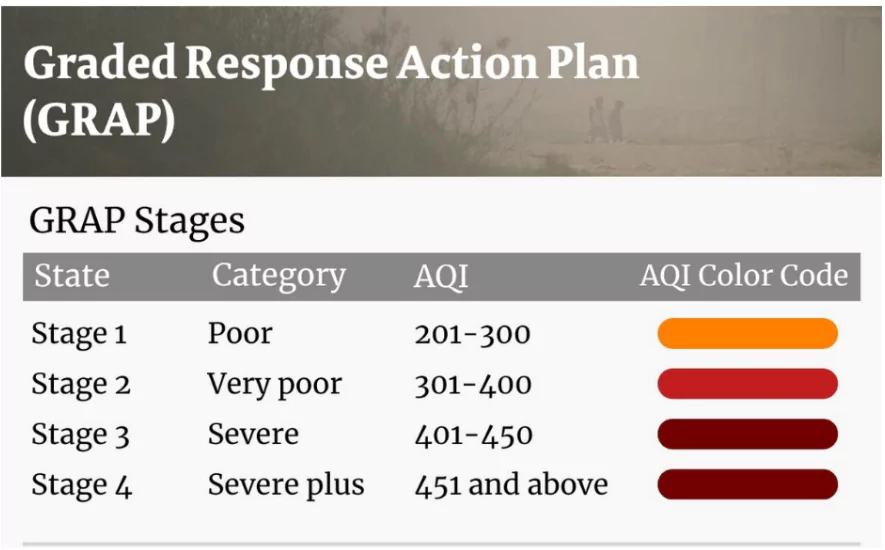

India has achieved a major milestone by successfully conducting flight trial of long range hypersonic missile from Dr APJ Abdul Kalam Island, off-the-coast of Odisha.
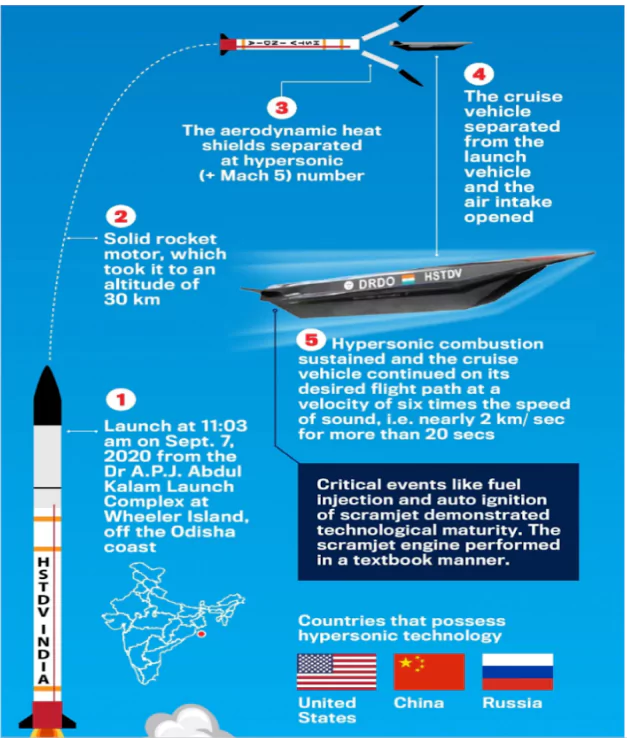
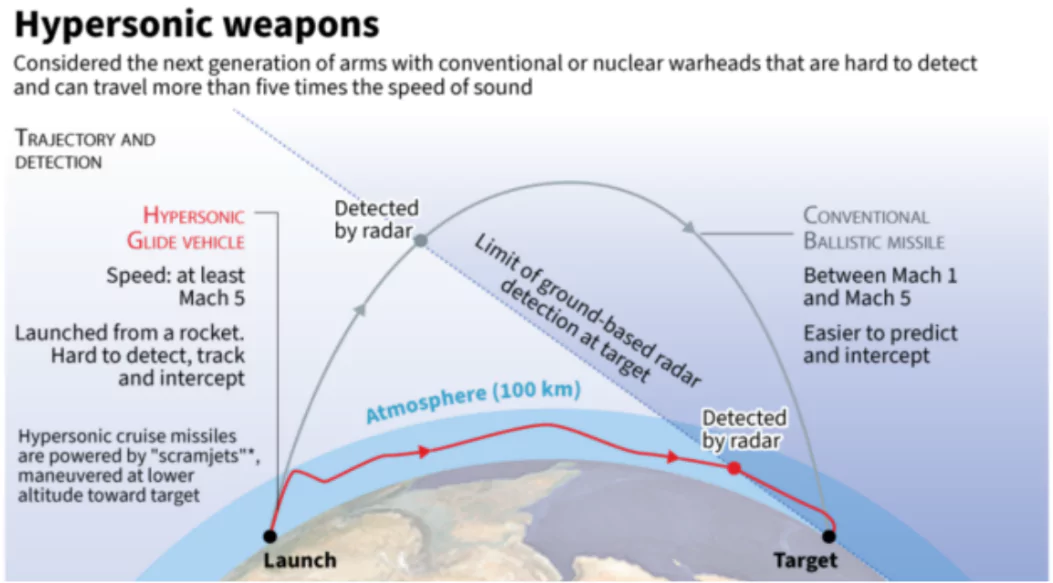
About Mach number
|
|---|

| Ballistic Missile | Cruise Missile |
|
|
|
|
|
|
|
|
|
|
Context: Recently, Guru Nanak Jayanti or Gurpurab was celebrated with religious fervour across India and the world.
About Kartar corridor
|
|---|
Context: On 13th November 2024, Secretary of the Department of Science and Technology (DST), launched Operation Dronagiri at the Foundation for Innovation and Technology Transfer (FITT), IIT Delhi.
Context: Prime Minister Narendra Modi received Nigeria’s second-highest national award, the Grand Commander of the Order of Niger, from President Bola Ahmed Tinubu at the State House.
It is the most populous Country on the west coast of Africa.
Context: Recently New Zealand’s youngest MP, Hana-Rawhiti Maipi-Clarke, led a haka protest in Parliament against a controversial bill aiming to redefine the Treaty of Waitangi.
Union Cabinet Approves National Sports Policy 2025...
What are Altermagnets? A Breakthrough in Magnetism...
India’s 7-Point Strategy for Sustainable Gro...
Cabinet Approves Employment Linked Incentive Schem...
INS Udaygiri Delivered Under Project 17A to Indian...
SC Issues Implemented Reservation Roster for SC/ST...
<div class="new-fform">
</div>